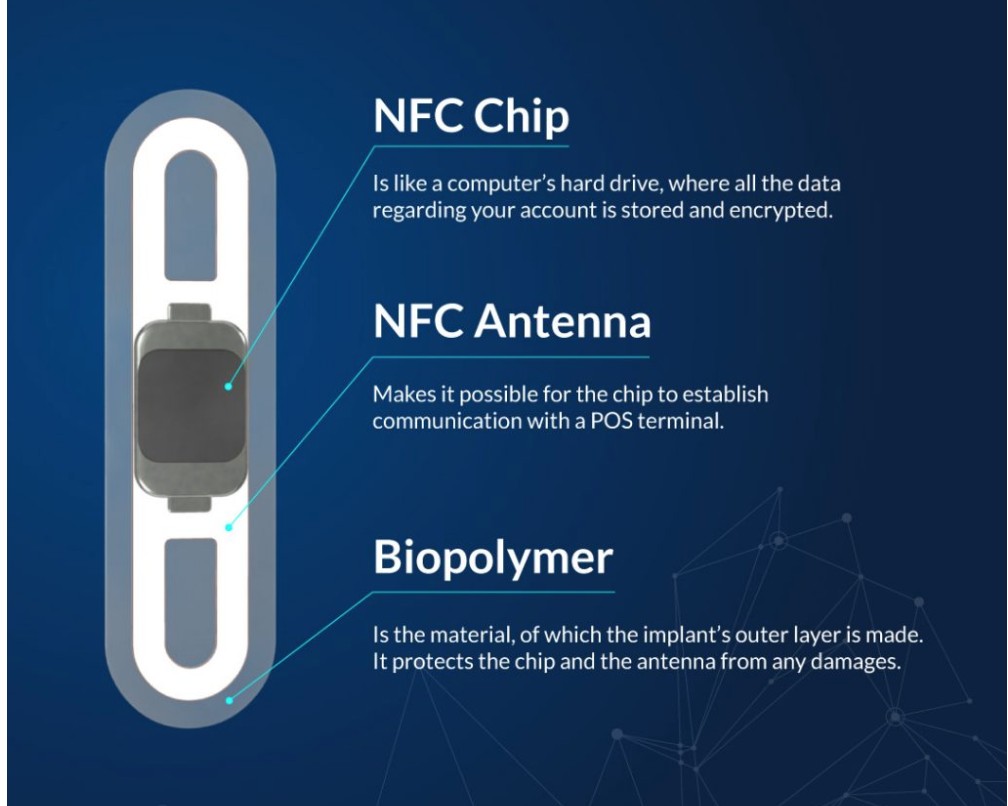What is Bionic Banking and How Sweden is Using that Technology
Bionic banking is a term that describes the combination of digital technology and human touch to deliver a superior banking experience. It means using digital solutions to provide speed, convenience, and personalization, while also offering human interaction and emotional engagement when needed.
Bionic banking is not a new concept. It was coined by the Boston Consulting Group (BCG) in 2015, as a way to help retail banks adapt to the changing customer expectations and competitive landscape. According to BCG, bionic banks have six key strengths: clear vision, future-proof distribution model, customer centricity, technology and operational excellence, organizational vitality, and financial and risk control.
Becoming bionic requires a transformation of the entire banking organization, from strategy to culture. It also requires significant investments in digital capabilities, such as artificial intelligence, data analytics, cloud computing, and cybersecurity. However, the benefits of bionic banking are substantial. BCG estimates that bionic banks can improve their return on equity by 8 to 10 percentage points.
One of the countries that is leading the way in bionic banking is Sweden. Sweden is known for its high level of digital adoption and innovation. According to a report by McKinsey, Sweden ranks second in the world in terms of digital maturity, after Singapore. Sweden also has one of the most advanced banking sectors in Europe, with high customer satisfaction and profitability.
Sweden's banking sector has embraced bionic banking as a way to meet the evolving needs of its customers and stay ahead of the competition. Some of the examples of bionic banking initiatives in Sweden are:
- SEB:
SEB is one of the largest banks in Sweden, with over 4 million customers. SEB has launched several digital solutions to enhance its customer experience and efficiency, such as Aida, a virtual assistant that uses natural language processing and machine learning to answer customer queries; Tink, a personal finance app that aggregates data from multiple banks and provides insights and advice; and SEBx, a digital platform that offers customized products and services for entrepreneurs and startups.
- Swedbank:
Swedbank is another major bank in Sweden, with over 7 million customers. Swedbank has also invested in digital innovation to improve its customer service and operations, such as Nina, an AI-powered chatbot that can handle over 40% of customer inquiries; BankID, a mobile app that enables secure identification and authentication for online transactions; and Swish, a mobile payment app that allows instant transfers between individuals and businesses.
- Handelsbanken:
Handelsbanken is a traditional bank that focuses on relationship banking and local decision making. Handelsbanken has adopted a bionic approach to balance its human touch with digital convenience. For instance, Handelsbanken has developed an online mortgage platform that allows customers to apply for loans digitally, while also having access to personal advisors; Handelsbanken Wallet, a mobile app that enables contactless payments and loyalty programs; and Handelsbanken Fonder Online, an online platform that offers investment advice and portfolio management.
These are just some of the examples of how Swedish banks are using bionic banking technology to enhance their customer experience and performance. Bionic banking is not a one-size-fits-all solution. Each bank has its own vision, strategy, and culture. However, by combining digital technology with human touch, bionic banks can create value for their customers, employees, shareholders, and society.







0 Comments